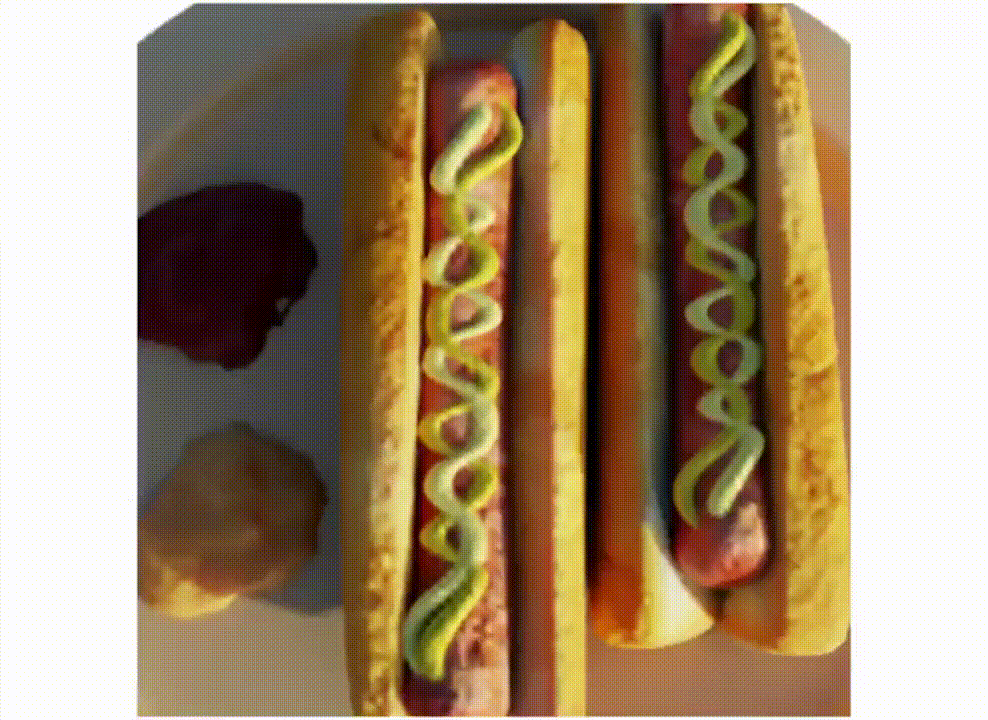[Work in progress] Showcase project for the thr3ed_atom package. We use a diffusion network to model semantic variations of a given single 3D scene which is self similar and stochastic. Following is a teaser of this concept:
 The diffusion model is trained on fixed sized 3D crops of the original 3D voxel-grid (containing the object or the scene). At test-time, samples of original resolution are drawn using the trained model. This idea essentially replaces the GAN in 3inGAN with DIFFUSION. The code can be located under the
The diffusion model is trained on fixed sized 3D crops of the original 3D voxel-grid (containing the object or the scene). At test-time, samples of original resolution are drawn using the trained model. This idea essentially replaces the GAN in 3inGAN with DIFFUSION. The code can be located under the thre3d_elements/thre3infusion directory.
G.T. 3D scene:
rendered_video.mp4
Random samples:
samples_75000.mp4
Official implementation of the paper: ReLU Fields: The Little Non-linearity That Could. The implementation uses the PyTorch framework.
Check out this Mitsuba 3 inverse rendering tutorial based on ReLU Fields.
The data used for these experiments is available at this
drive
link. Download the synthetic_radiance_fields_dataset.zip and extract it in some
folder on your disk. For easy access create a /data folder in this repo-root and
extract the zip in something like /data/radiance_fields.
Running the optimization is super simple 😄. Just use the script
train_sh_based_voxel_grid_with_posed_images.py python script with appropriate
cmd-args. Following example runs the training on the Hotdog scene:
(relu_fields_env) user@machine:<repo_path>$ python train_sh_based_voxel_grid_with_posed_images.py -d data/radiance_fields/hotdog -o logs/rf/hotdog/
Use the render_sh_based_voxel_grid.py script for creating a rotating/spiral
3D render of the trained models. Following are all the options that you can tweak
in this render_script
Usage: render_sh_based_voxel_grid.py [OPTIONS]
Options:
-i, --model_path FILE path to the trained (reconstructed) model
[required]
-o, --output_path DIRECTORY path for saving rendered output [required]
--overridden_num_samples_per_ray INTEGER RANGE
overridden (increased) num_samples_per_ray
for beautiful renders :) [x>=1]
--render_scale_factor FLOAT overridden (increased) resolution (again :D)
for beautiful renders :)
--camera_path [thre360|spiral] which camera path to use for rendering the
animation
--camera_pitch FLOAT pitch-angle value for the camera for 360
path animation
--num_frames INTEGER RANGE number of frames in the video [x>=1]
--vertical_camera_height FLOAT height at which the camera spiralling will
happen
--num_spiral_rounds INTEGER RANGE
number of rounds made while transitioning
between spiral radii [x>=1]
--fps INTEGER RANGE frames per second of the video [x>=1]
--help Show this message and exit.
The Geometry (occupancy), Pixel Fields (Images) and the
Real-scene experiments will be setup in the thre3d_atom package soon.
@article{Karnewar2022ReLUFields,
author = {Karnewar, Animesh and Ritschel, Tobias and Wang, Oliver and Mitra, Niloy J.},
title = {ReLU Fields: The Little Non-linearity That Could},
journal = {Transactions on Graphics (Proceedings of SIGGRAPH),
volume = {41},
number = {4},
year = {2022},
month = july,
pages = {13:1--13:8},
doi = {10.1145/3528233.3530707},
}
As always,
please feel free to open PRs/issues/suggestions here 😄.
cheers 🍻!
@akanimax 😎 🤖



